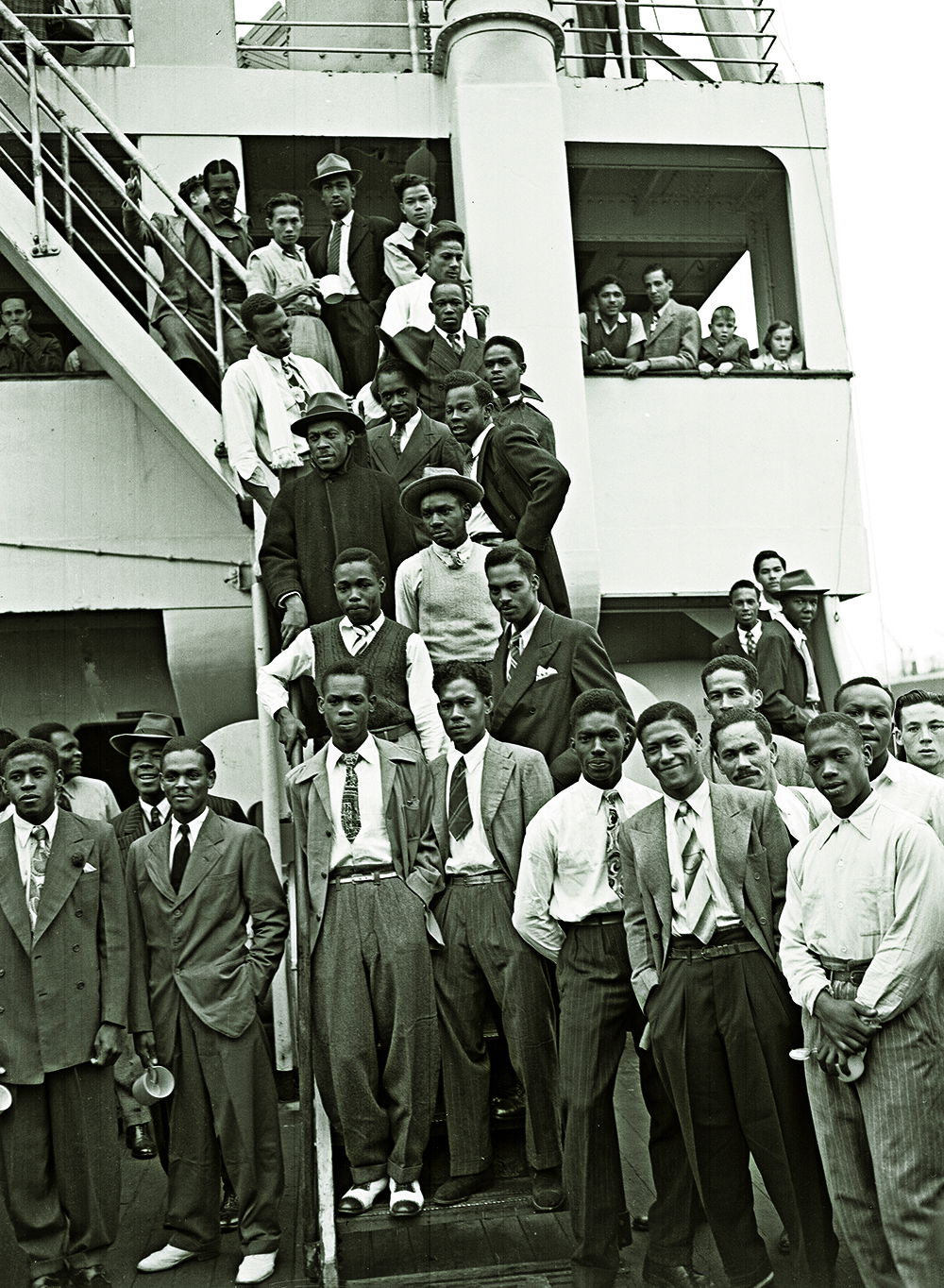What Happens Back Home
The Windrush generation witnessed the Caribbean colonies from which they had emigrated achieve independence. Despite being an ocean away, they were not passive observers.

In September 1947, Caribbean politicians and British colonial officials met at a conference in Montego Bay, Jamaica. Those gathered at the Conference on the Closer Association of the British West Indian Colonies (or, Montego Bay Conference) included Norman Manley and Grantley Adams, future prime ministers of Jamaica and Barbados respectively, and Arthur Creech Jones, Secretary of State for the Colonies. The delegates agreed that the British West Indies would move towards political independence.
